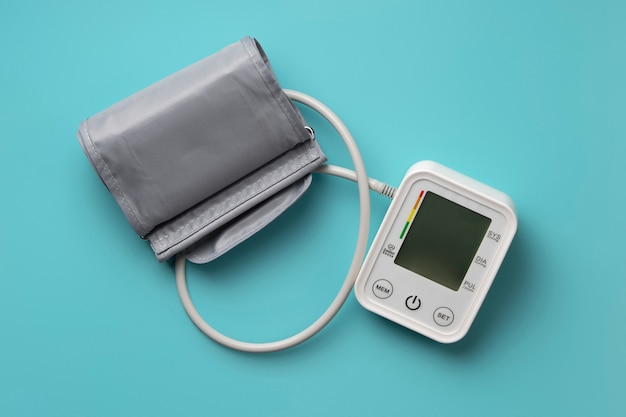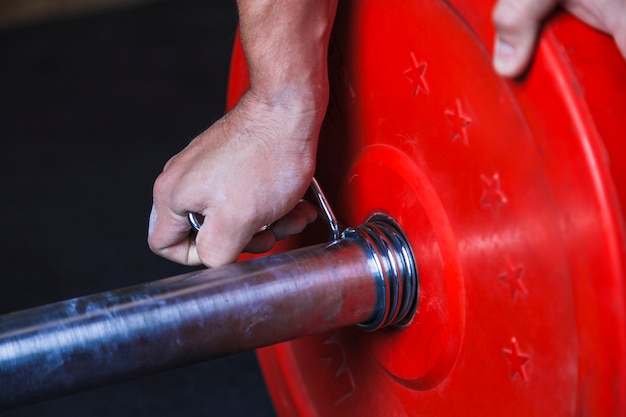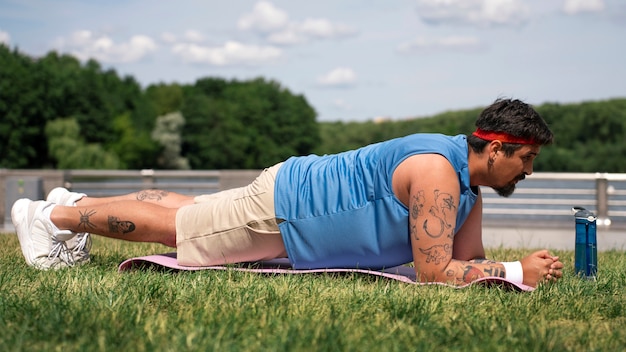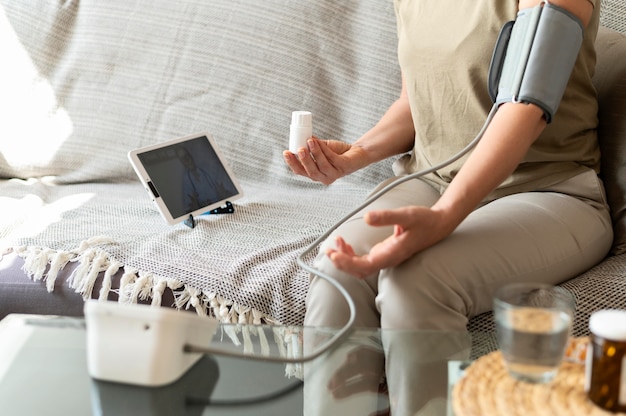Living with hypertension doesn’t mean you have to avoid the gym. In fact, regular physical activity is one of the most effective ways to manage high blood pressure. However, exercising with hypertension requires a smart, safe approach. With the right precautions, you can start fast, stay consistent, and make measurable progress—without putting your health at risk.
Hypertension, or high blood pressure, affects millions worldwide and increases the risk of heart disease, stroke, and kidney problems. The good news? Regular aerobic and resistance training can lower systolic and diastolic blood pressure by 5–10 mmHg on average. But to reap these benefits safely, you need to follow specific guidelines tailored to your condition.

Before stepping into the gym, get medical clearance. Your provider can assess your current blood pressure levels, review medications, and recommend safe exercise intensity. This step is non-negotiable—it ensures your routine aligns with your health status and reduces the risk of complications.
Consistent tracking is key. Measure your blood pressure at rest before exercising. Avoid working out if your systolic pressure is above 180 mmHg or diastolic above 110 mmHg. After exercise, check again to observe how your body responds. Recording these numbers weekly helps identify trends and adjust your routine accordingly.
Jumping into high-intensity workouts can spike blood pressure dangerously. Begin with brisk walking, cycling, or light resistance training. Aim for 20–30 minutes of moderate activity, 3–5 days a week. Use the "talk test"—if you can speak in full sentences during exercise, you're likely in a safe zone.
Skipping warm-ups increases cardiovascular strain. Spend 5–10 minutes on light cardio and dynamic stretches before lifting or running. After your session, cool down gradually to help your blood pressure return to baseline. Sudden stops can cause dizziness or arrhythmias in people with hypertension.
The Valsalva maneuver—holding your breath while exerting force—can cause dangerous blood pressure spikes. This commonly happens during heavy lifting. Instead, breathe steadily: exhale during exertion (e.g., lifting a weight), inhale during relaxation (e.g., lowering it). Proper breathing maintains stable pressure and improves performance.

Opt for aerobic exercises like walking, swimming, or elliptical training—they’re highly effective for lowering blood pressure. Include light to moderate resistance training 2–3 times per week, using higher repetitions (12–15) with lower weights. Avoid maximal lifts or power-based movements like heavy deadlifts or sprints unless approved by your doctor.
Consistency leads to results—but only if you measure them. Each week, log your workouts, blood pressure readings, energy levels, and any symptoms. Over time, you’ll see patterns: perhaps your morning BP drops after three weeks of consistent walking. This data keeps you motivated and helps your healthcare provider fine-tune your plan.
Dehydration and stimulants like caffeine or pre-workout supplements can elevate blood pressure. Drink water before, during, and after exercise. If you consume caffeine, do so in moderation and avoid it within 3–4 hours of your workout.
Managing hypertension through fitness is not only possible—it’s empowering. By following these seven safety tips, you protect your heart while building strength, stamina, and confidence. Remember: start smart, progress gradually, and let data guide your journey. With weekly tracking and a consistent routine, you’ll see real improvements in both fitness and blood pressure control.
Your health is worth the effort. Stay safe, stay active, and take control—one workout at a time.

Health

Health

Health

Health

Fitness

Fitness

Fitness

Fitness

Health

Wellness

Fitness

Health

Health

Fitness

Health

Health